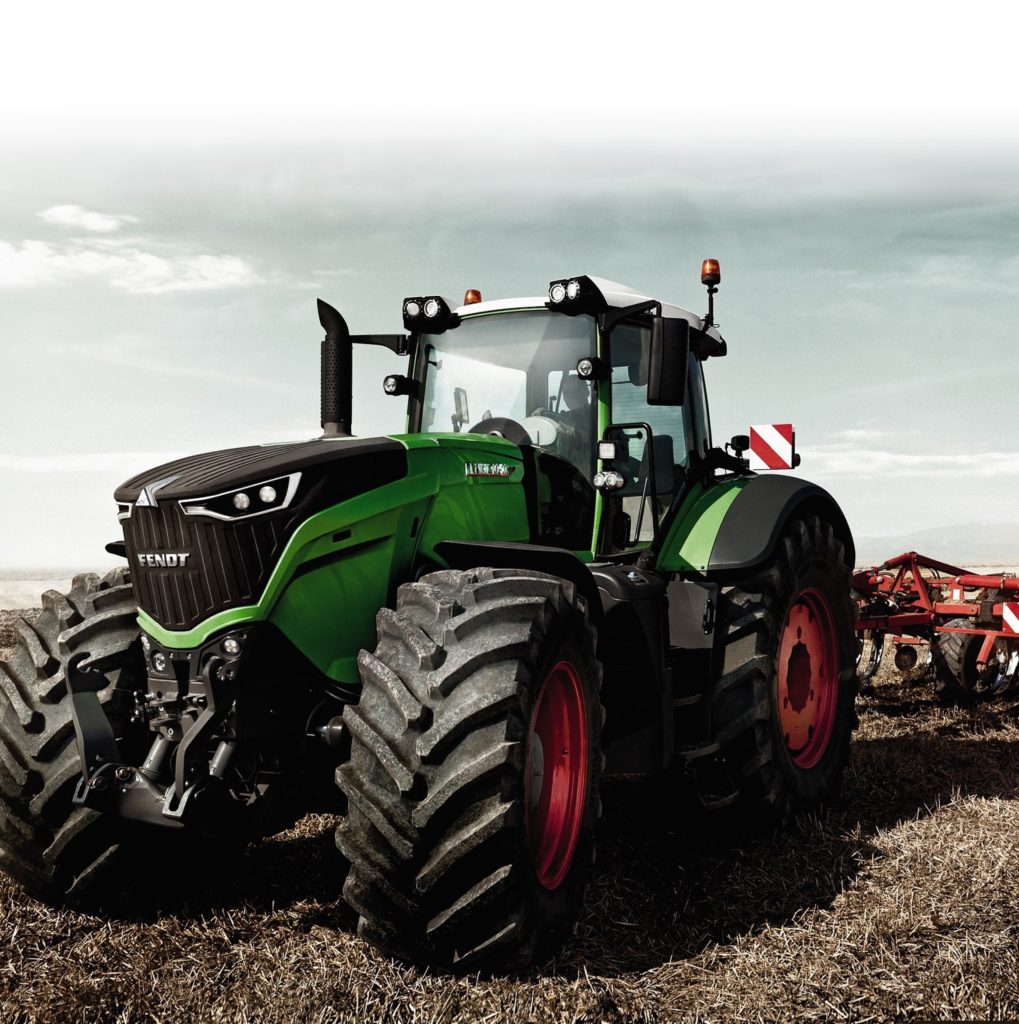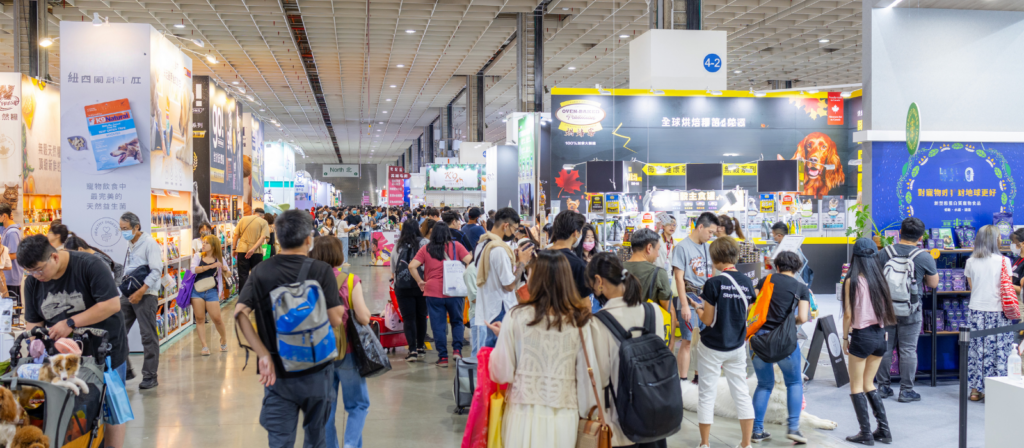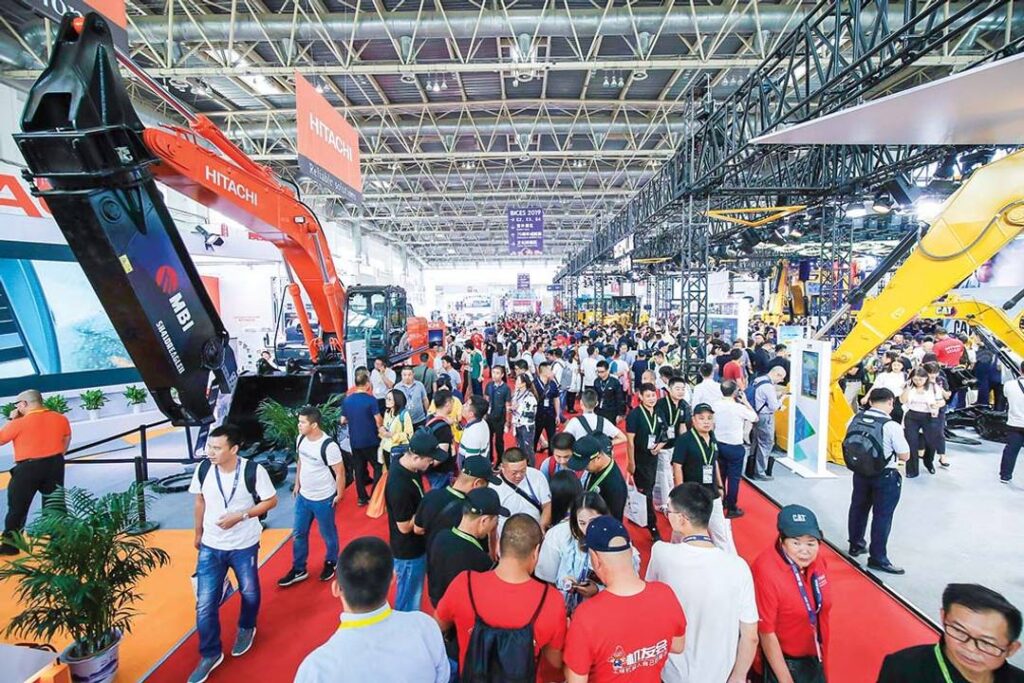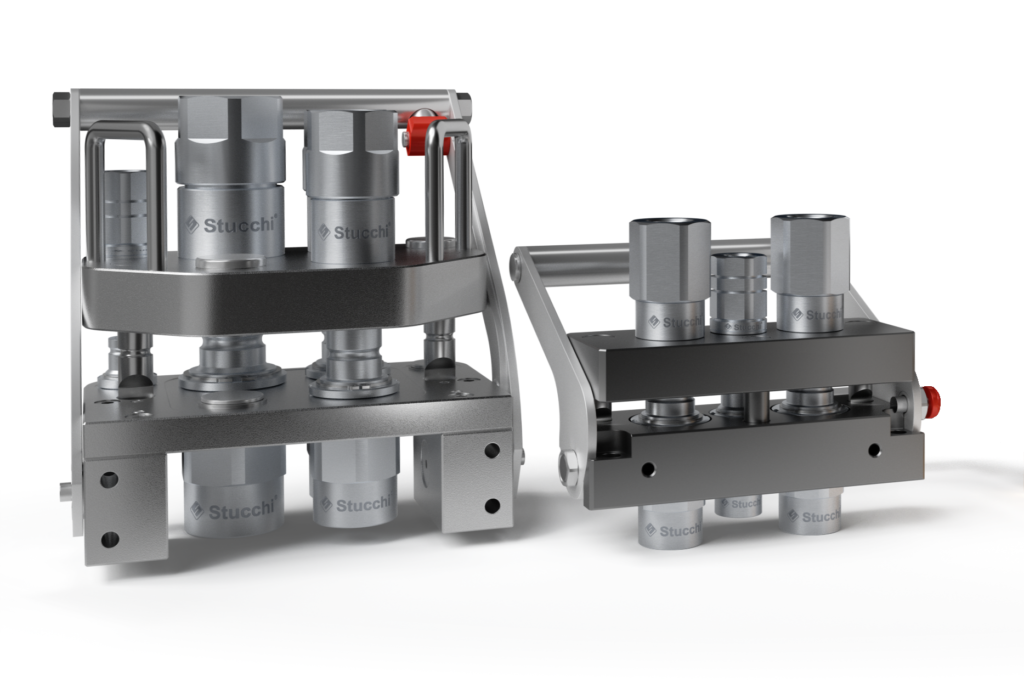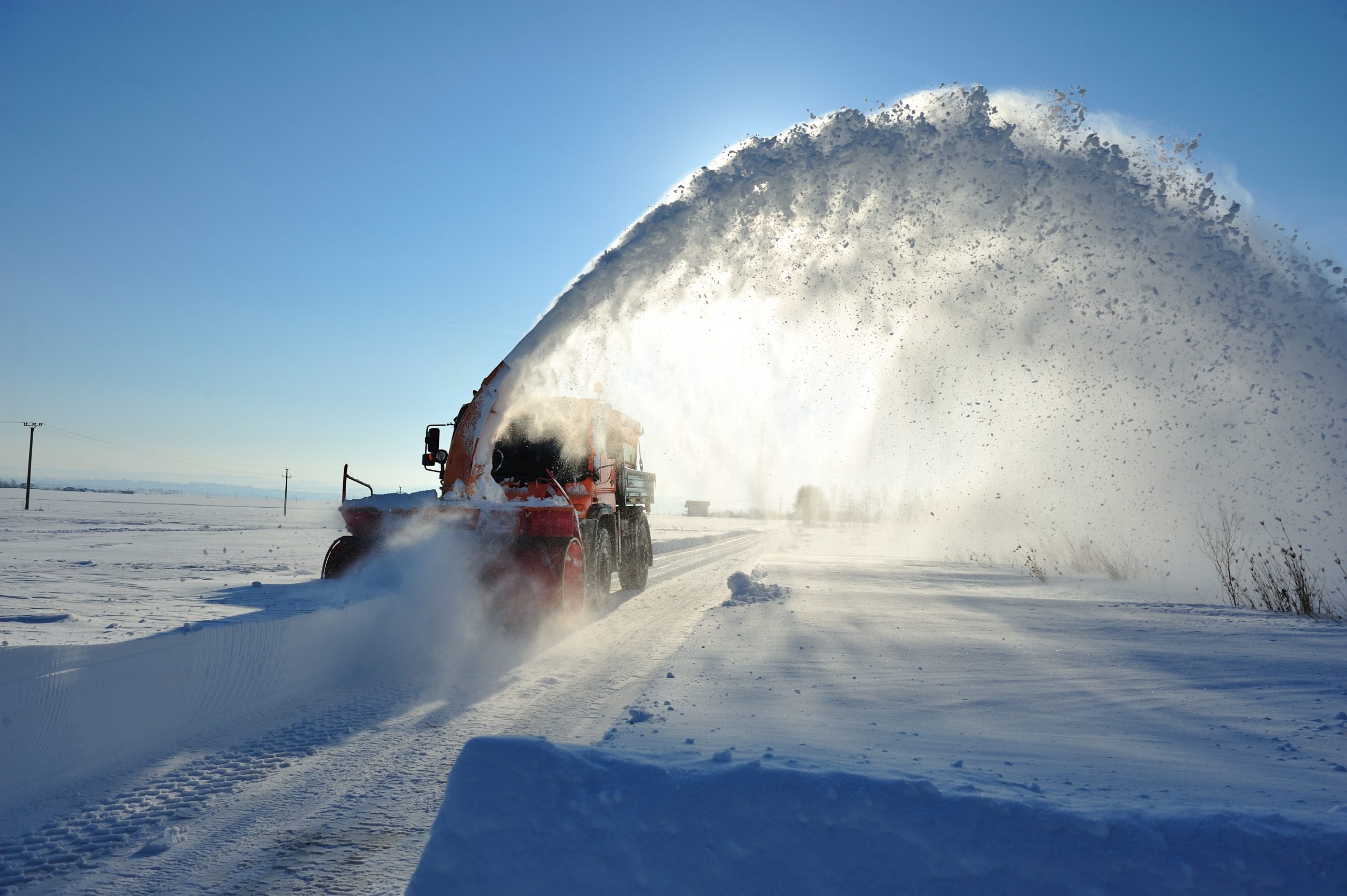
Selecting seals for quick couplings
In industries where hydraulic circuits are used, connection and disconnection operations need to be carried out quickly so as not to slow down productivity, while at the same time ensuring a firm connection to avoid leaks, which would otherwise cause deficiencies in the machinery, energy and resource wastage, internal and external contaminations, and risks to the health of operators.
This can only be achieved through the careful design of couplings, which is precisely why Stucchi continuously invests in research and development in order to propose ever higher performing solutions to its clients.
We approach every single component of the coupling with utmost attention, thus ensuring each one best satisfies the specifications of each application.

In coupling design, seals play an important role in water-tightness, while their elasticity allows them to adapt to the forms of other components and be compressed during coupling.
There are different types of seals that respond to specific needs.
So-called O-Rings are those with the simplest and most versatile design, given they are just that, rings made with elastomers or plastic materials: they adapt to numerous applications and types of couplings and are available in a broad range of sizes.
In applications where there is a risk of extrusion, the O-Ring can be inserted with a special anti-extrusion device, that is, a Teflon ring that sits between the O-Ring and the inner surface of the coupling: the components are separate, but can easily be assembled.
A variation of this concept is represented by the O-Ring Holder: in this case the Teflon support is assembled all around the ring, thus further reducing the contact area with the inner surface of the coupling.
Shaped seals on the other hand are thicker seals, modelled into special shapes to satisfy specific design requirements.
These four types of seals therefore each have very different characteristics and the choice of which one to use highly depends on the context of application: identifying the most suitable type will help maximise the efficiency of the quick coupling and reduce the wear of components.
The two main factors to consider are:
- Compatibility: to avoid rapid wear or the deformation of the seal, it’s important to select the material of the seal based on the liquid used inside the circuit, for example: NBR is compatible with mineral oils and greases, and water/glycol up to 60°C, Viton® is only compatible with mineral oils and greases, EPDM is only compatible with water/glycol.
- Temperature: the elastic properties of a seal and its resistance to stress vary significantly depending on the temperature, therefore each material can only be used in certain thermal ranges.
Taking these two factors into account, it is possible to choose the most suitable type of seal to maximise efficiency and durability.
Since 1960 Stucchi has developed coupling solutions distributed worldwide, contact us to find out more.
